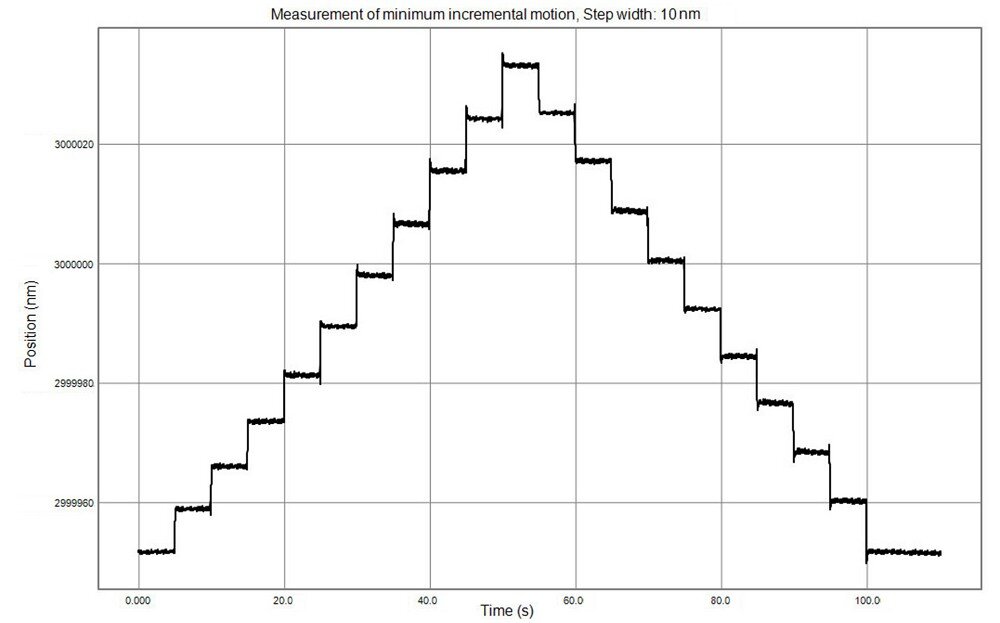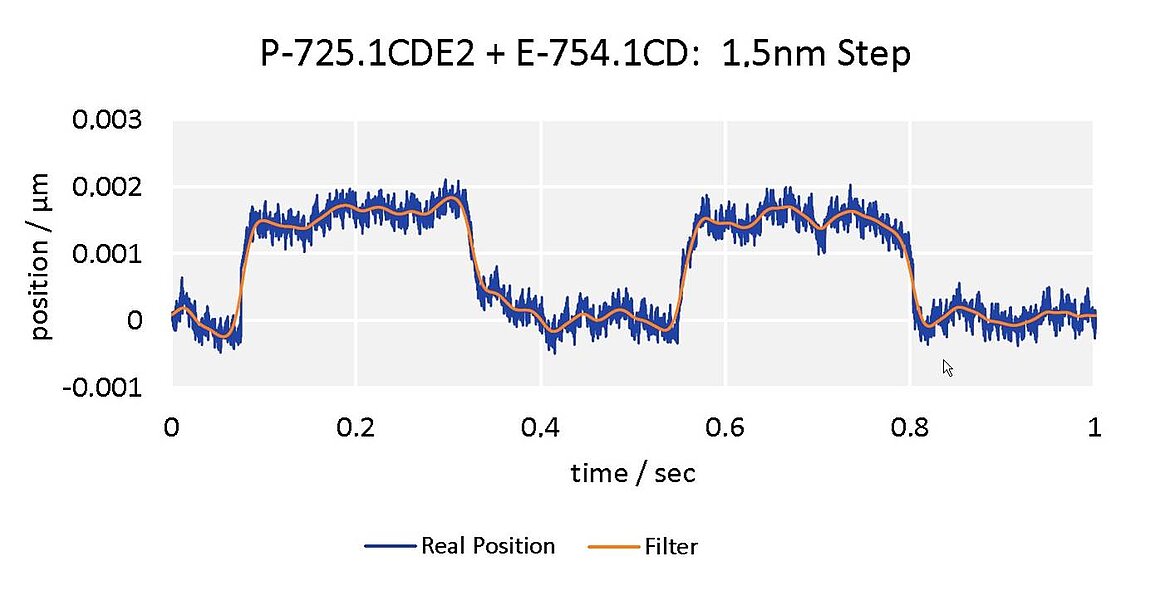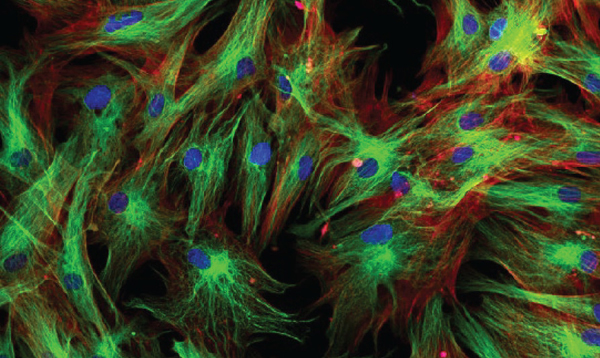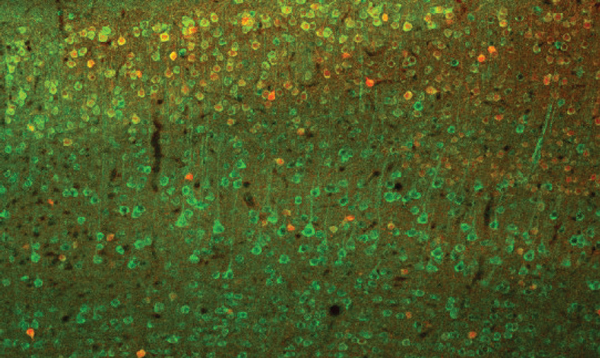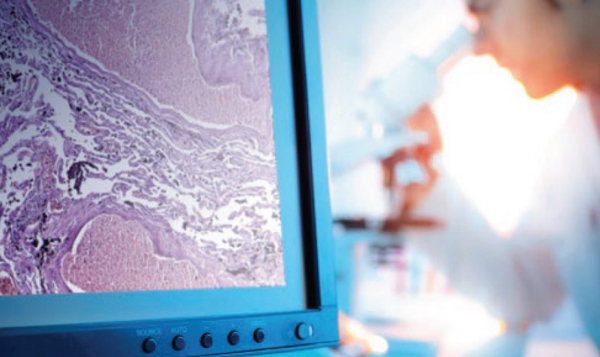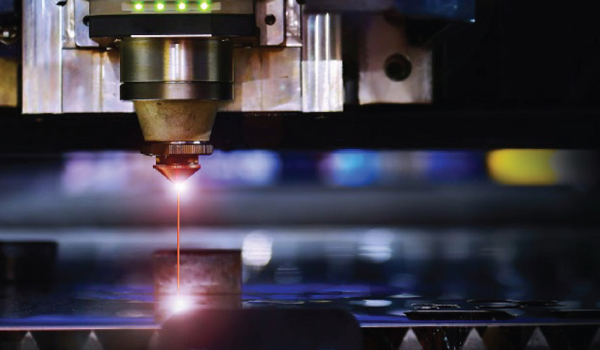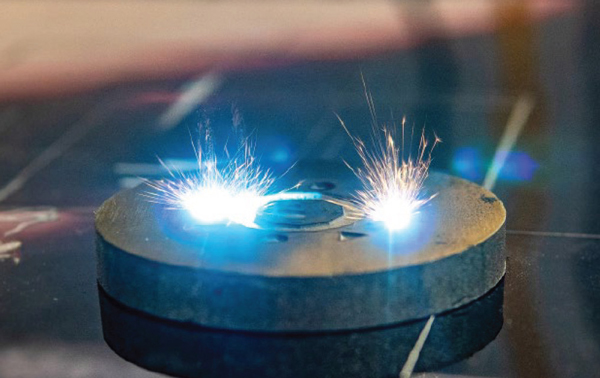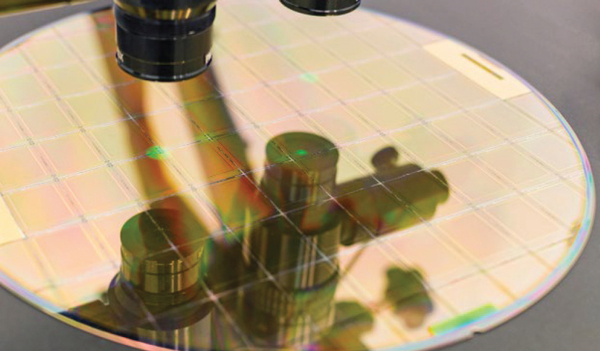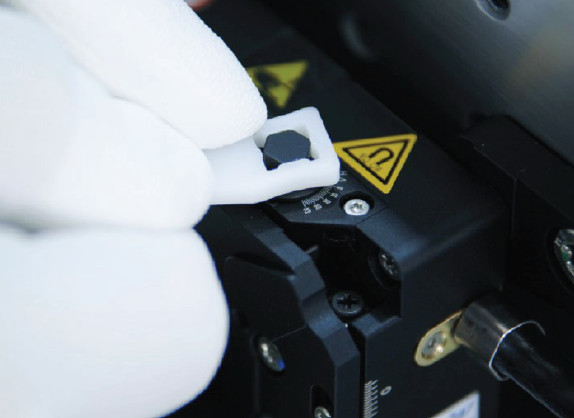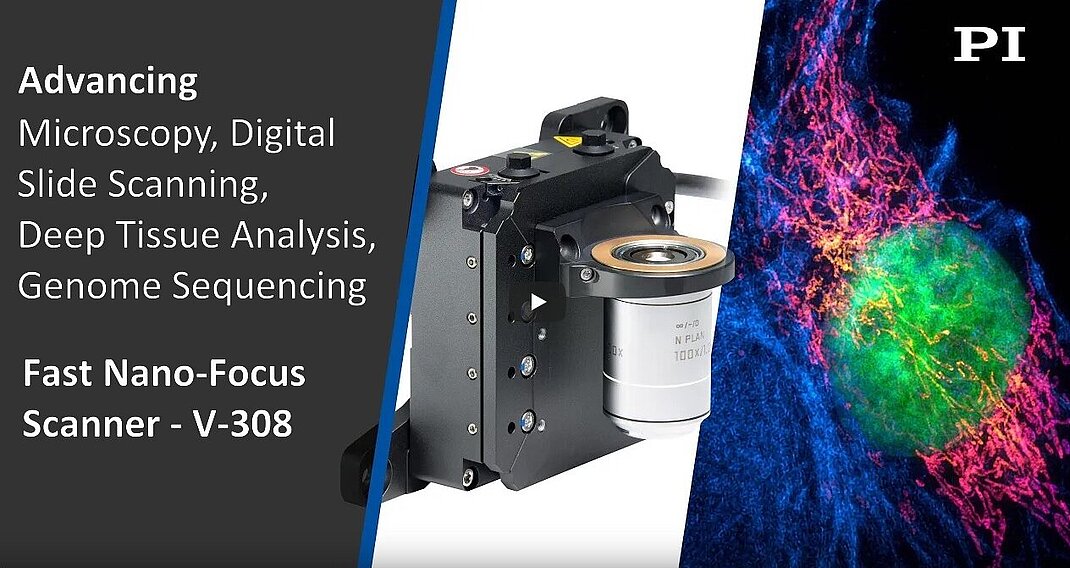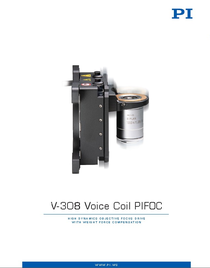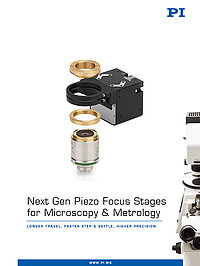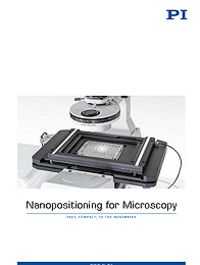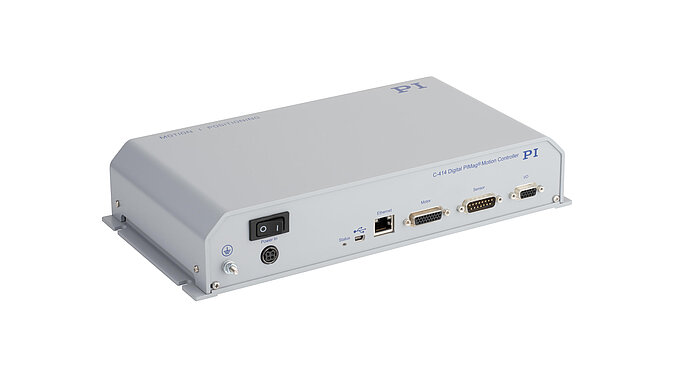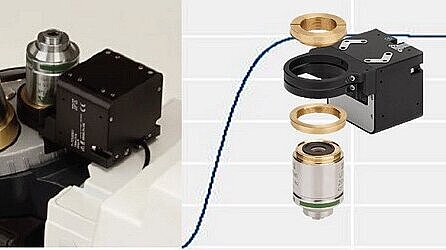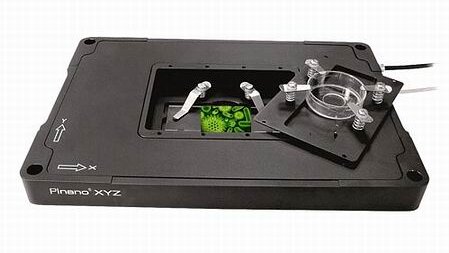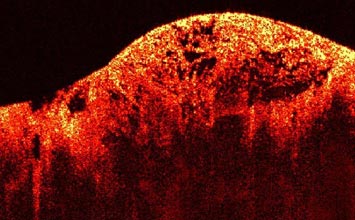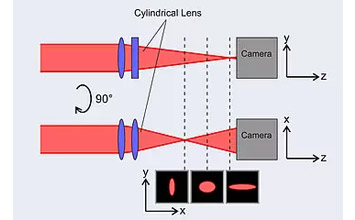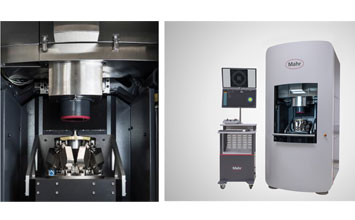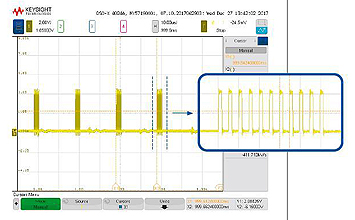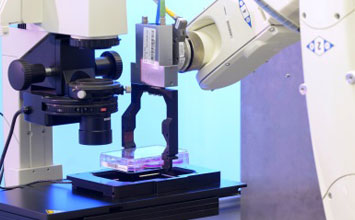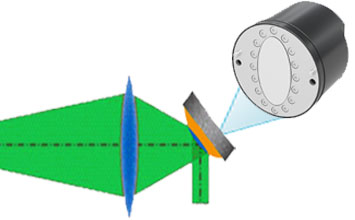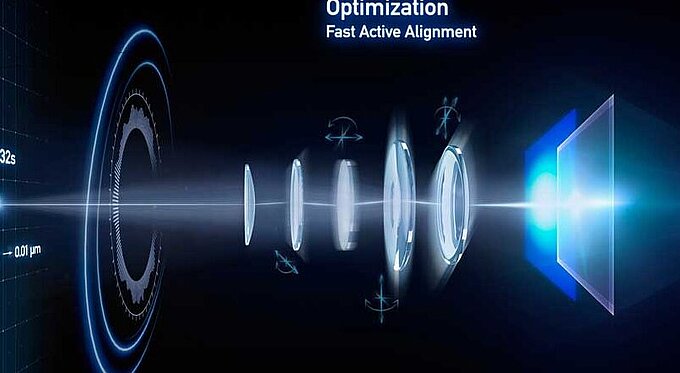How Fast Nanofocusing Stages and Z-Scanning Mechanisms Advance Life Sciences, Biotech, Laser Processing, and Semiconductors
Linear Motors and Piezo Drives Solve Different Problems
Highly precise focusing of light and laser beams is a critical technique for life science, microscopy, and industrial manufacturing and inspection applications. In most cases, sub-micrometer to nanometer resolution is required along with very fast response in the millisecond range. There are different ways to achieve the requirement, including linear motors, piezo-direct drives, and piezo motors. Each has its advantages and limitations.
While linear motors provide long travel ranges, piezo nanofocusing stages can achieve the highest resolution (picometer range) and extremely fast settling (sub-millisecond is feasible). Piezo devices are inherently stiff and can hold a position without power and heat generation and they can be operated in both closed loop and open loop.
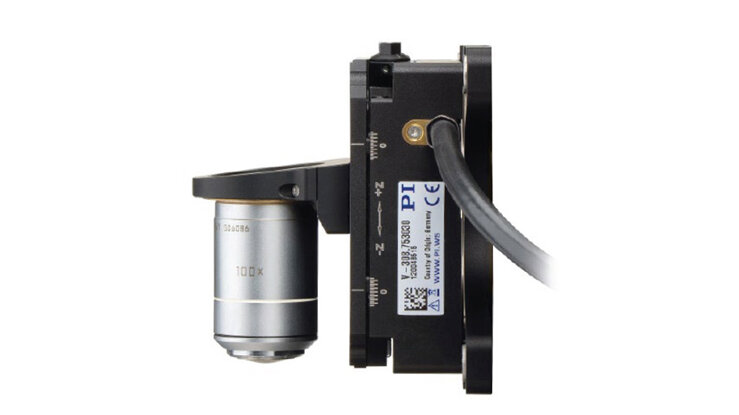
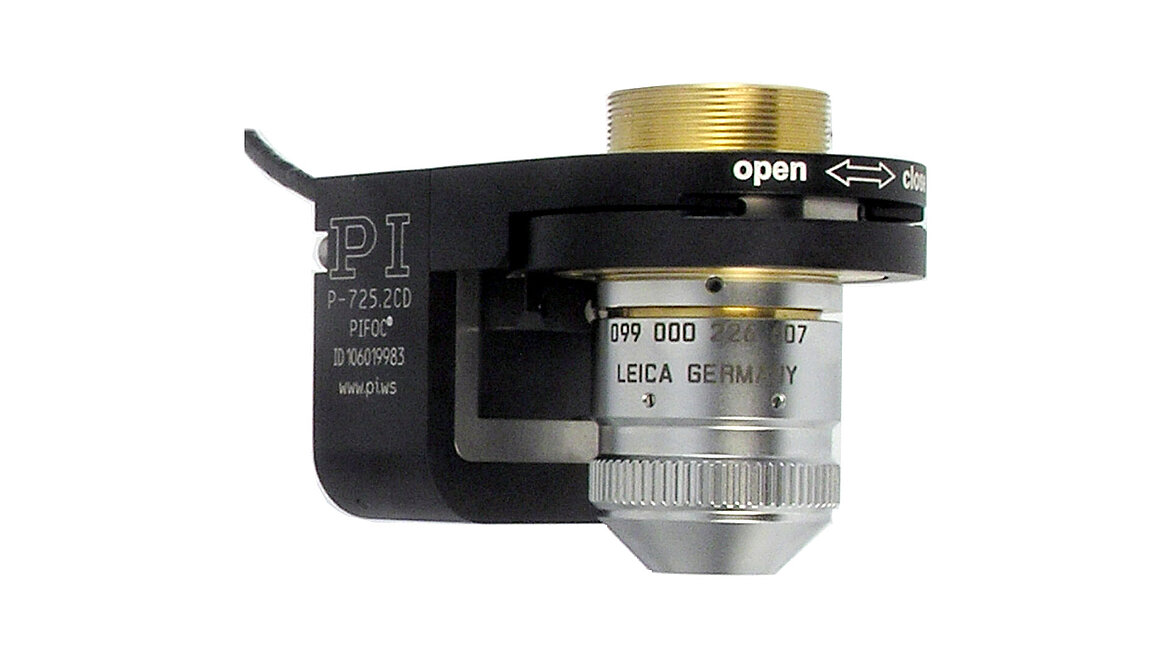
Precision Focusing Applications in 2- and 3-Photon Fluorescence Microscopy
In two or three photon fluorescence microscopy, two photons (sometimes three) excite visible fluorescence in deep tissue layers. By using infrared emissions, a deeper penetration is achieved; this is why a relatively large focusing range is required. This type of microscopy is used for example to examine cell organs, metabolic processes, etc.
Deep Tissue Multiphoton Fluorescence Microscopy
The deep tissue multiphoton fluorescence microscopy is a subtype of 2-photon fluorescence microscopy. Here, image Z stacks with a thickness of 6mm are created – correspondingly large is the travel range required for the Z positioner to address all image planes. This type of microscopy can, for example, be applied in the exploration of the connectome, the interconnection of neurons in the brain. Typically, inverse, confocal microscopes are used with special heavy objectives (up to 0.8kg mass).
Genome Sequencing
Precision positioning equipment and motion control are crucial for advancements in genome sequencing. An essential method for genome analysis is the so-called 'sequencing-by-synthesis' method. With this method, nucleotide with fluorescent markers are gradually incorporated into a single strand DNA and are so 'synthesized'. When it comes to a recombination of the base pair, a characteristic fluorescent color signal ('occurrence') is generated for each of the four different base pair combinations. These signals are detected microscopically. Since the signals are weak and also very short lived, the detection and imaging process must be very fast and accurate. For this purpose, the objective lens must be precisely aligned at the height of the occurrence along the optical axis, within the depth of field of the lens. Required motion ranges for the focusing devices are up to 5mm.
Digital Slide Scanning (Digitization of Microscope Slide Images)
This application is about creating and achieving digital sample images by widely automating the scanning of tissue samples, mainly from routine examinations. Having the images available in digital form, enables faster analysis by experts around the world without physically moving or repeatedly placing samples under a microscope. Having access to this technique allows better follow up of medical treatments. To digitize the slides, planar motion is required as well as fast vertical motion to keep every pixel precisely in focus, while scanning quickly. The required focus travel ranges are in the 1 to 2 mm range with very high dynamics to keep up with the scanning speed.
Laser Micro Machining / Micro Processing (LMP)
Laser micromachining is critical for the production of photovoltaic cells, electronic devices, and medical microelements. These and other processes require a small focal point to achieve high power intensity and produce fine features. For highest quality laser micromachining requirements, nanometer precision control of the focal height is required. Especially when irregular workpiece surfaces need to be processed, the requirements on the dynamics of the focusing optics are substantial – every millisecond the focusing device can save by compensating height deviations quicker, the faster the machining process can be run without loss of quality. The compensation can be either be achieved by closing the loop through a high-speed autofocus sensor or by pre-characterization of the surface and creating a map for the motion controller to adjust the Z position a priory dependent on the X-Y coordinates. This allows high volume production in processes where a narrow depth of focus is required.
Laser Ablation
Laser ablation of engineered ceramics surfaces, such as silicon or sapphire, requires a narrow depth of focus to ensure a small focus point that leads to an accurate control of material removal with minimized damage. The laser spot defines the fluence, i.e., the energy delivered per unit area, (the energy delivered per unit area) and its regulation is needed to control the ablation threshold. When material is removed, the distance between the surface being processed and the current focal point change. With the V-308, it is possible to control exactly how deep in the material the process takes place by adjusting the focal point. In addition, the processing efficiency and the quality of the sidewalls within the features can be optimized.
Wafer Inspection / Metrology
With the advances in semiconductor materials and processes, semiconductor devices continuously move towards higher integration and density and while the critical defect size decreases at the same time. There are two factors that affect the topology of the wafer surface: The surface tension induced by IC manufacturing and the surface roughness. To quickly obtain a high-quality surface image, defect inspection tools must operate at high resolutions and high inspection speeds. High speed and high precision focus capability is critical. Here, either piezoelectric systems with typically 100µm to 500µm travel, combined with motorized stages can be used or, or nanometer-precision linear-motor driven systems with longer travel ranges, eliminating the need for an additional coarse moving stage.
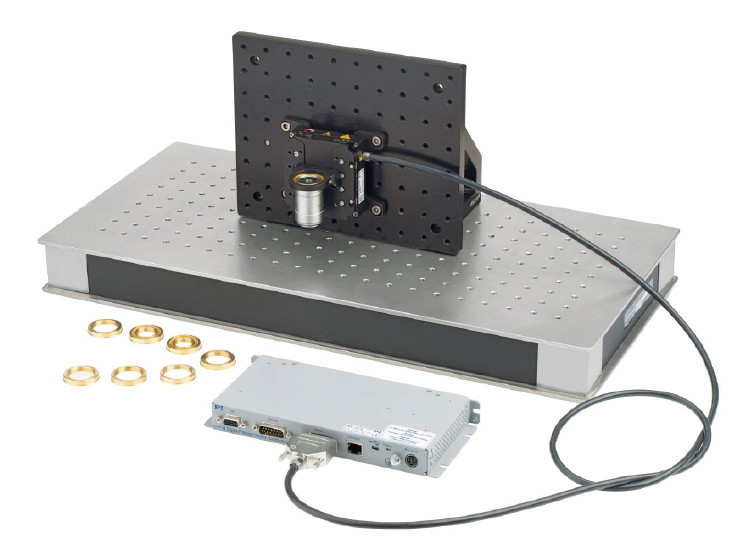
If you have a need to improve process speed and precision in industrial, medical or life science related applications, you can talk to our engineers for additional information and support.
Blog Categories
- Aero-Space
- Air Bearing Stages, Components, Systems
- Astronomy
- Automation, Nano-Automation
- Beamline Instrumentation
- Bio-Medical
- Hexapods
- Imaging & Microscopy
- Laser Machining, Processing
- Linear Actuators
- Linear Motor, Positioning System
- Metrology
- Microscopy
- Motorized Precision Positioners
- Multi-Axis Motion
- Nanopositioning
- Photonics
- Piezo Actuators, Motors
- Piezo Mechanics
- Piezo Transducers / Sensors
- Precision Machining
- Semicon
- Software Tools
- UHV Positioning Stage
- Voice Coil Linear Actuator
- X-Ray Spectroscopy

